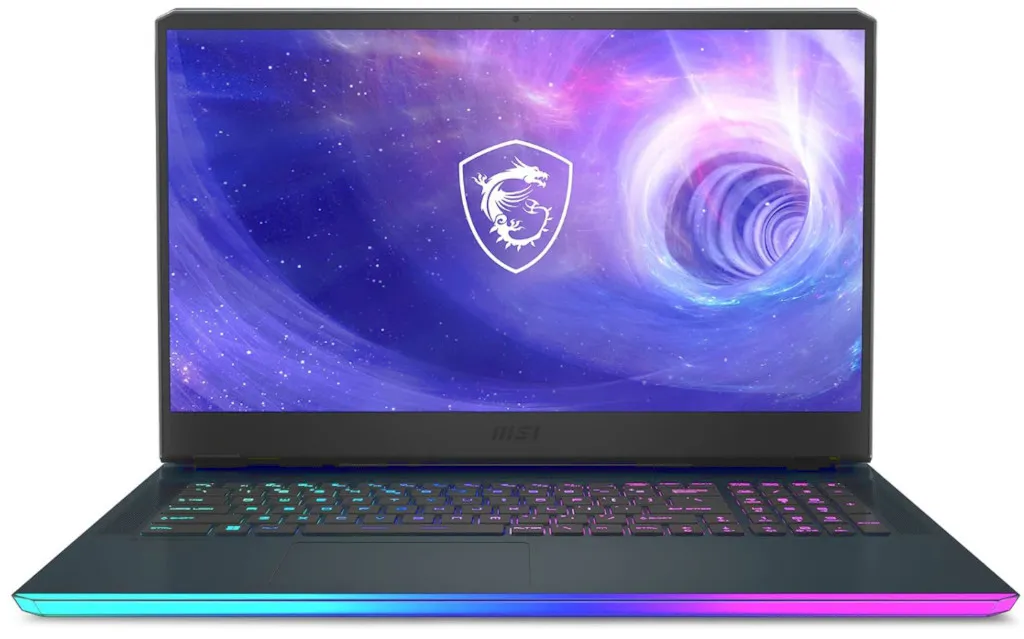If you’re looking for a new monitor, the question of LCD vs LED may be on your mind. Both monitors have their pros and cons, and it’s important to know the difference before making a decision.
We’ll go over some of those differences in this article so that you can decide which one is right for you.
What is an LCD Monitor?
LCD stands for Liquid Crystal Display. LCD monitors are thin sheets of twisted nematic liquid crystals between two glass pieces. An electric current is run through the liquid crystals, thus changing their orientation.
The twisting of these molecules changes how they reflect light, which alters the amount of light passing through each pixel on the monitor. The light can be off, dimmed, or brightened by varying the electrical charge of the crystals.
As light passes through the liquid crystal, it changes direction to create red, green, and blue light, combining all the screen colors.
The LCD display does not emit any light, it simply changes how much light is allowed by blocking certain wavelengths. A backlight made up of small LED lights illuminates this panel with a bright white glow that can be altered depending on the user’s chosen brightness level.
The LCD monitor consists of many layers, thus requiring more depth than an LED screen to accommodate all these components.
While newer LCD models feature higher resolutions than older ones at the time of their release, it is still impossible for them to match LED monitors in this regard. Furthermore, since pixels can be seen on LCD screens, the human eye can detect pixelation, which is most noticeable with fast-moving images or small fonts.
Pros
Better viewing angles compared to older-generation monitors
High resolutions with a high pixel density
Aesthetically pleasing, thin design compared to older models
Cheaper in price than LED screens for the same size and resolution
The lifespan of 30,000 hours (8 years of use at 10 hours per day)
Cons
Lower contrast ratio due to backlight bleed
Uses more electricity
Produces more heat and emits blue light which can cause eye strain and sleep issues
More expensive than LED screens for the same size and resolution
What is an LED Monitor?
LED stands for Light Emitting Diode, which refers to light-emitting technology integrated into certain displays. The LEDs are arranged in an array and are backlighted with white or colored LEDs. They can be considered self-lighting pixels because each pixel has its light.
An LED monitor is brighter than an LCD screen at the same brightness level, which makes it better for outdoor use. LED also uses less power and has a slimmer profile when compared to older-generation LCD monitors.
This technology is very similar to OLEDs, which are Organic Light-Emitting Diodes. While LED monitors have many benefits over other displays, there are also some disadvantages.
For one, they are more expensive than most other displays today. Also, since each pixel has its light source, it can lead to problems with certain images looking over-saturated depending on how bright the backlight is set and what color that specific pixel must show (red+green or red+blue).
Lastly, like LCDs, LED monitors also suffer from the issue of pixelation.
Pros
Has brighter colors
Better contrast ratio due to blacker blacks when turned off
Slimmer profile when compared to older generation LCD monitors
Lower power consumption
The lifespan of 50,000 hours (15 years of use at 10 hours per day)
Cons
Greater tendency to experience motion blur or ghosting
LCD vs LED Monitor: Which One is Better?
LED monitors are better than LCD monitors because they produce less power and a much brighter screen. You can also expect a longer life out of an LED monitor because fewer moving parts could malfunction.
The LED monitor produces a better picture than the LCD monitor. The color reproduction is improved much more on an LED monitor. The viewing angles are also much greater when looking at an LED monitor. When you look at an LCD monitor from an off-axis angle, it will lose its color and contrast and see gray spots that create a distorted and fuzzy image.
The disadvantage of LED monitors is that they are slightly more expensive. Still, these monitors also tend to be much brighter than their LCD counterparts without sacrificing too much color accuracy or detail.
What is a Full Array LED?
Full Array LED monitors are a new type of monitor released in the last few years. These monitors use a different type of lighting called “local dimming.” Depending on what’s happening on-screen, local dimming makes parts of the screen brighter and darker.
For example, if you’re playing a game, the area around your character will be much brighter than the background. This allows for better color contrast and improves picture quality tremendously – without darkening your room as an old CRT monitor would.
Full array LEDs also allow for thinner TVs because they only need the outer edge lit up, which saves space for other components like speakers or media storage. Plus, these monitors are much cheaper than OLEDs and QLED TVs, which makes them a great choice for people on a budget.
Is LCD or LED Better For Your Eyes?
The difference between LCD and LED monitors is the backlight. With a cold fluorescent cathode display, an LCD will cause eye strain because it uses light that’s dangerous for our eyes to look at all day.
There is no such problem with LED thanks to their safer alternative – Light Emitting Diodes. In addition, they have better picture quality too.
Is LCD or LED Better For Gaming?
LCD monitors are cheaper, but they have lower contrast and brightness rates. That means you can’t see what’s on the screen clearly, which may also tire your eyes or cause permanent damage after long hours of playing games with them over time.
When looking into gaming monitors, though, LED monitors are generally better for gaming because they have a faster response time. Their higher light output protects against possible burn-in problems caused by static images since LCDs don’t always fare so well when displaying bright colors next to each other without any black space around them between frames.
Conclusion
Consider the necessary features to find the perfect monitor for your workspace and gaming needs. For example, an LED monitor holds a lot of advantages over other types because it also lasts longer than an LCD monitor with better picture quality.
If you want something cheaper (and don’t need all those extra features), go ahead and get yourself an LCD monitor. Just make sure that any model isn’t too slow regarding response time.







